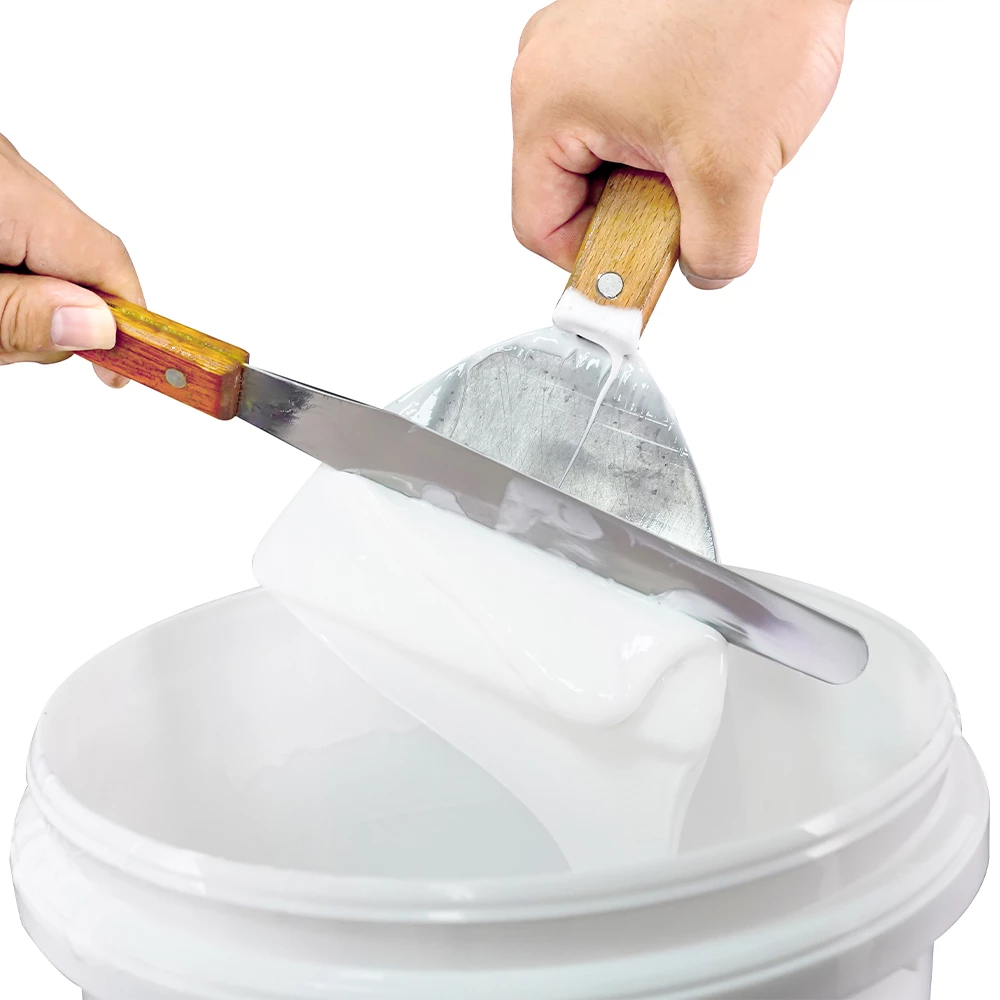The main components of silicone gel for injection and their effects.
Injectable silicone gel is a widely used material in medical and cosmetic procedures, particularly for soft tissue augmentation and scar treatment. Understanding its main components and their effects is essential for both practitioners and patients. This article delves into the key elements of injectable silicone gel and how they contribute to its functionality and safety.
1. Polydimethylsiloxane (PDMS)
Polydimethylsiloxane (PDMS) is the primary component of injectable silicone gel. It is a synthetic polymer known for its stability, biocompatibility, and versatility. PDMS is responsible for the gel's smooth texture and ability to integrate with surrounding tissues. Its inert nature minimizes the risk of allergic reactions or adverse effects, making it a preferred choice for long-term augmentation.
2. Silica
Silica is often added to silicone gel to enhance its viscosity and structural integrity. This component ensures that the gel maintains its shape and consistency after injection, providing predictable and lasting results. Silica also contributes to the gel's resistance to degradation, ensuring its longevity in the body.

3. Cross-Linking Agents
Cross-linking agents are used to modify the gel's physical properties, such as elasticity and firmness. These agents create bonds between the polymer chains of PDMS, resulting in a stable gel matrix. The degree of cross-linking can be adjusted to achieve the desired consistency for specific applications, whether for fine lines or deeper volume restoration.
Previous: No More




